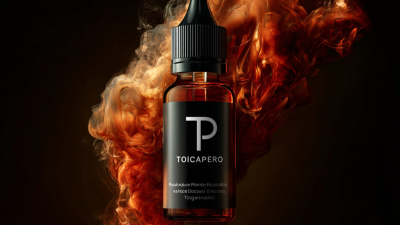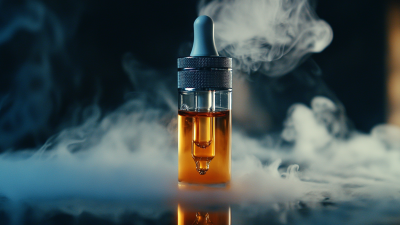The popularity of Tobacco E Liquid has surged in recent years, driven by the increasing number of vapers seeking alternatives to traditional smoking methods. According to a report by Grand View Research, the global e-cigarette and tobacco E Liquid market was valued at USD 12.41 billion in 2020 and is expected to expand at a compound annual growth rate (CAGR) of 23.8% from 2021 to 2028. This remarkable growth highlights a significant shift in consumer preferences, as users consider e-liquids a less harmful option compared to conventional tobacco products. However, with the myriad of options available, it’s crucial for vapers to understand the science behind Tobacco E Liquid, including its ingredients, potential health impacts, and best practices for usage. This article will delve into these aspects, equipping vapers with essential knowledge to make informed decisions in their vaping journey.
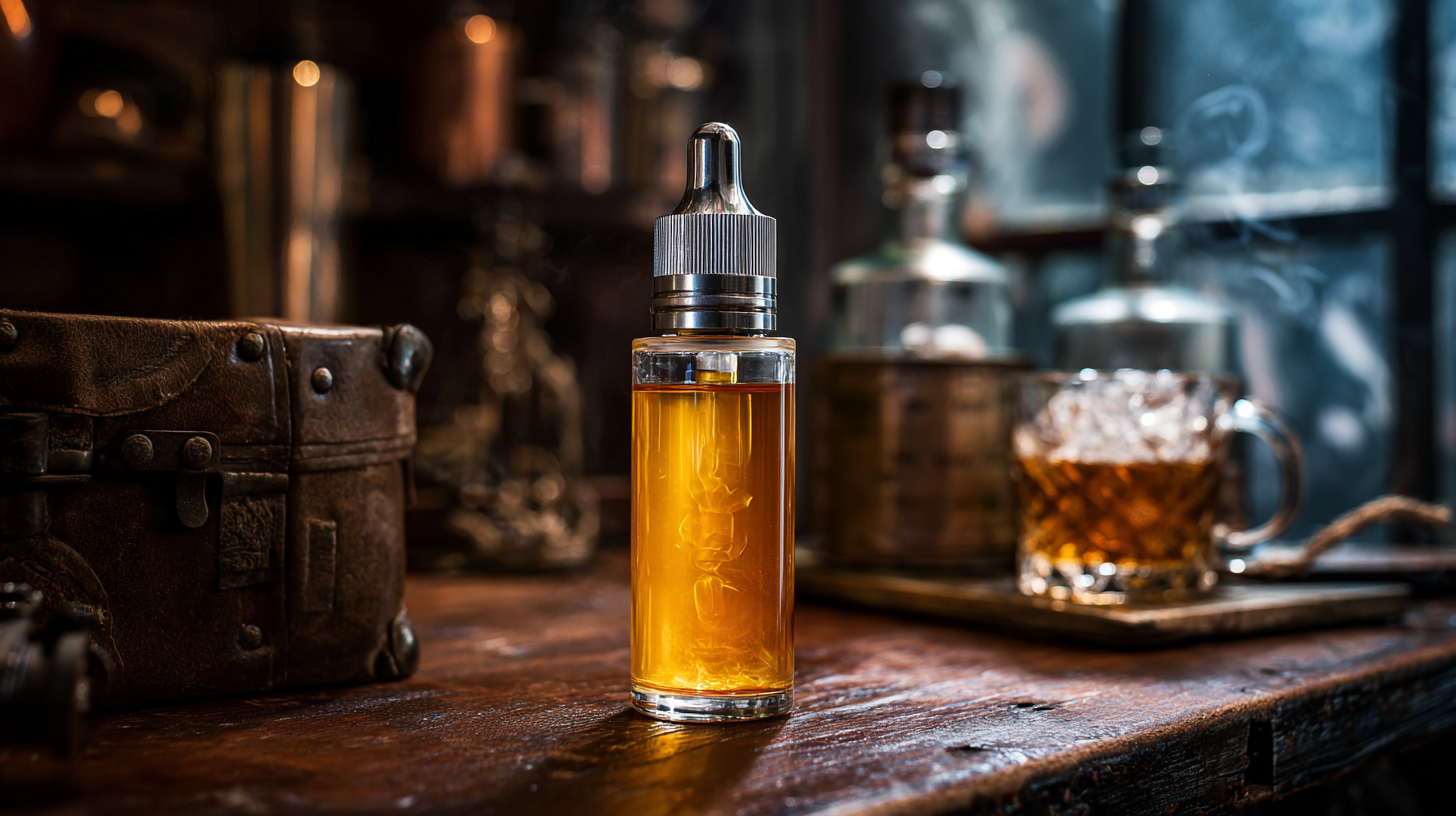
Tobacco e-liquid has grown in popularity among vapers, but understanding its chemical composition is vital for making informed choices. Typically, these e-liquids contain propylene glycol, vegetable glycerin, and various flavoring agents, alongside the tobacco extract, which includes nicotine. It's important to note that the concentration of nicotine can vary widely, affecting both the intensity of the vaping experience and the potential health risks. Some chemicals in tobacco products can release harmful compounds when heated, which raises concerns over their long-term health implications.
**Tips:** When selecting tobacco e-liquids, pay close attention to the ingredients. Opt for products that clearly list their components and avoid those with ambiguous or generic terms. Additionally, consider choosing e-liquids with lower nicotine levels if you're looking to reduce your intake gradually.
Vapers should be aware of the potential for toxic substances, especially in lower-quality e-liquids that may not undergo rigorous testing. It's advisable to purchase e-liquids from reputable brands that prioritize safety and quality control. Regularly reviewing scientific studies on vaping can also enhance your awareness of any emerging health risks associated with tobacco e-liquids.
| Component | Description | Health Impact | Concentration Range (%) |
|---|---|---|---|
| Propylene Glycol | A synthetic liquid substance that absorbs water. | Generally recognized as safe, but may cause irritation. | 50-70% |
| Vegetable Glycerin | A natural compound derived from vegetable oils. | Considered safe, but excessive inhalation can lead to respiratory issues. | 30-50% |
| Nicotine | A highly addictive chemical found in tobacco. | Can increase heart rate and raise blood pressure; addiction risk. | 0-5% |
| Flavorings | Additives used to enhance taste as well as aroma. | Some may be safe; certain artificial flavors can be harmful when heated. | 1-10% |
| Water | Used to dilute the e-liquid composition. | Safe and non-toxic. | 1-5% |
When choosing tobacco e-liquids, understanding nicotine levels is crucial for vapers. Nicotine, a primary component of both traditional tobacco and its e-liquid counterparts, comes in varying concentrations. Vapers can typically find nicotine levels ranging from 0 mg/ml to 24 mg/ml or even higher. This range allows users to select a strength that aligns with their smoking history and personal preference. It’s important for vapers to assess their habits to determine which level will satisfy their cravings without leading to excessive intake.
Moreover, nicotine absorption can differ between e-liquids and combustible cigarettes. The method of inhalation, device type, and the e-liquid formula itself can all influence how effectively nicotine is delivered to the bloodstream. For instance, e-liquids with higher VG content may produce larger vapor clouds but can also lead to slower nicotine absorption compared to those with higher PG levels. Understanding these factors helps vapers make informed decisions, ensuring they have a satisfying experience while managing their nicotine consumption effectively.
The comparison between tobacco e-liquids and traditional cigarette ingredients reveals significant differences in their compositions and health implications. Traditional cigarettes consist of a complex mixture of over 7,000 chemicals, many of which are carcinogenic. These include tar, carbon monoxide, and formaldehyde, which contribute to a range of serious health issues, including cancer and respiratory diseases. The combustion process of tobacco creates harmful byproducts that pose serious risks not only to the smoker but also to those exposed to secondhand smoke.
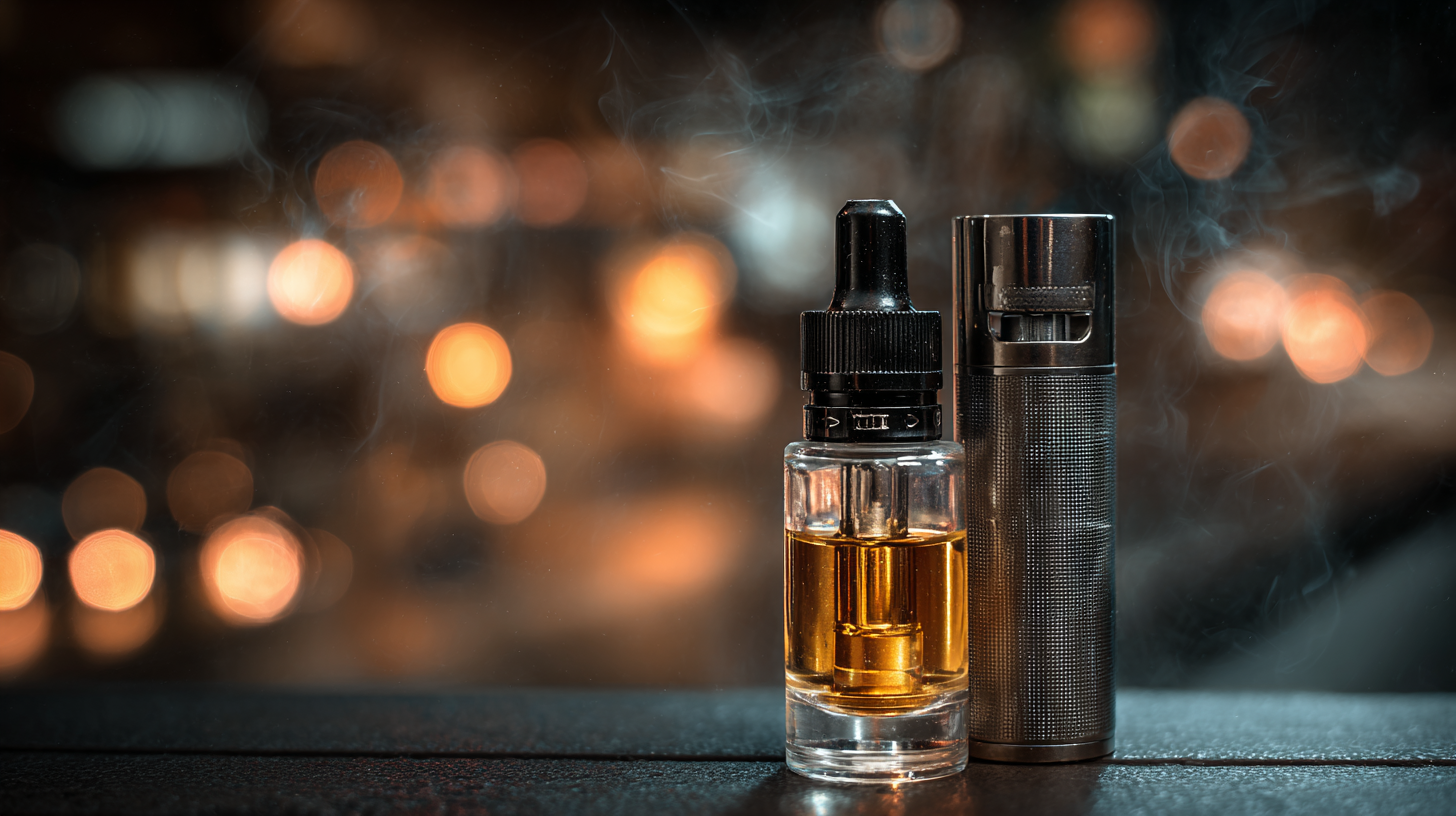
In contrast, tobacco e-liquids primarily contain propylene glycol, vegetable glycerin, flavorings, nicotine, and water. While e-liquids also contain nicotine, they lack many of the harmful byproducts generated through combustion. Some studies suggest that vaping may lead to lower exposure to harmful substances compared to smoking traditional cigarettes. However, the long-term effects of inhaling vaporized substances are still under investigation, raising questions about safety. As vapers navigate the diverse landscape of e-liquids, understanding these distinctions is crucial in making informed choices regarding their health.
Flavorings play a crucial role in the appeal of tobacco e-liquids, influencing consumer preferences and overall vaping experience. According to a report by the Tobacco Vapor Electronic Cigarette Association (TVECA), nearly 70% of vapers cite flavor as a significant reason for their choice of e-liquids, highlighting the importance of variety in maintaining user interest. However, the safety of these flavoring agents cannot be overlooked. Some flavorings used in e-liquids can release harmful chemicals when heated, potentially posing health risks. A 2021 study published in the International Journal of Environmental Research and Public Health found that certain flavor compounds can emit volatile organic compounds (VOCs) that may irritate the respiratory system.
Balancing appeal and safety is essential for manufacturers. As the vaping industry continues to evolve, regulatory bodies are increasingly scrutinizing the ingredients used in e-liquids. The Food and Drug Administration (FDA) has begun to implement guidelines on certain flavor additives, necessitating a careful selection process by producers. It is vital for vapers to be informed about what they are inhaling. A report from the National Institutes of Health (NIH) emphasizes that consumers should prioritize e-liquids with transparent ingredient lists and favorable safety profiles, especially as the market for flavored e-liquids continues to grow.
Regulatory standards for tobacco e-liquids are crucial in ensuring both quality and consumer safety in the vaping industry. According to a report by the World Health Organization (WHO), more than 50 countries have implemented regulations for electronic nicotine delivery systems (ENDS), establishing benchmarks that help maintain product integrity. This regulatory framework is essential to mitigate risks associated with harmful substances that can be present in low-quality e-liquids, such as impurities and unverified nicotine levels.
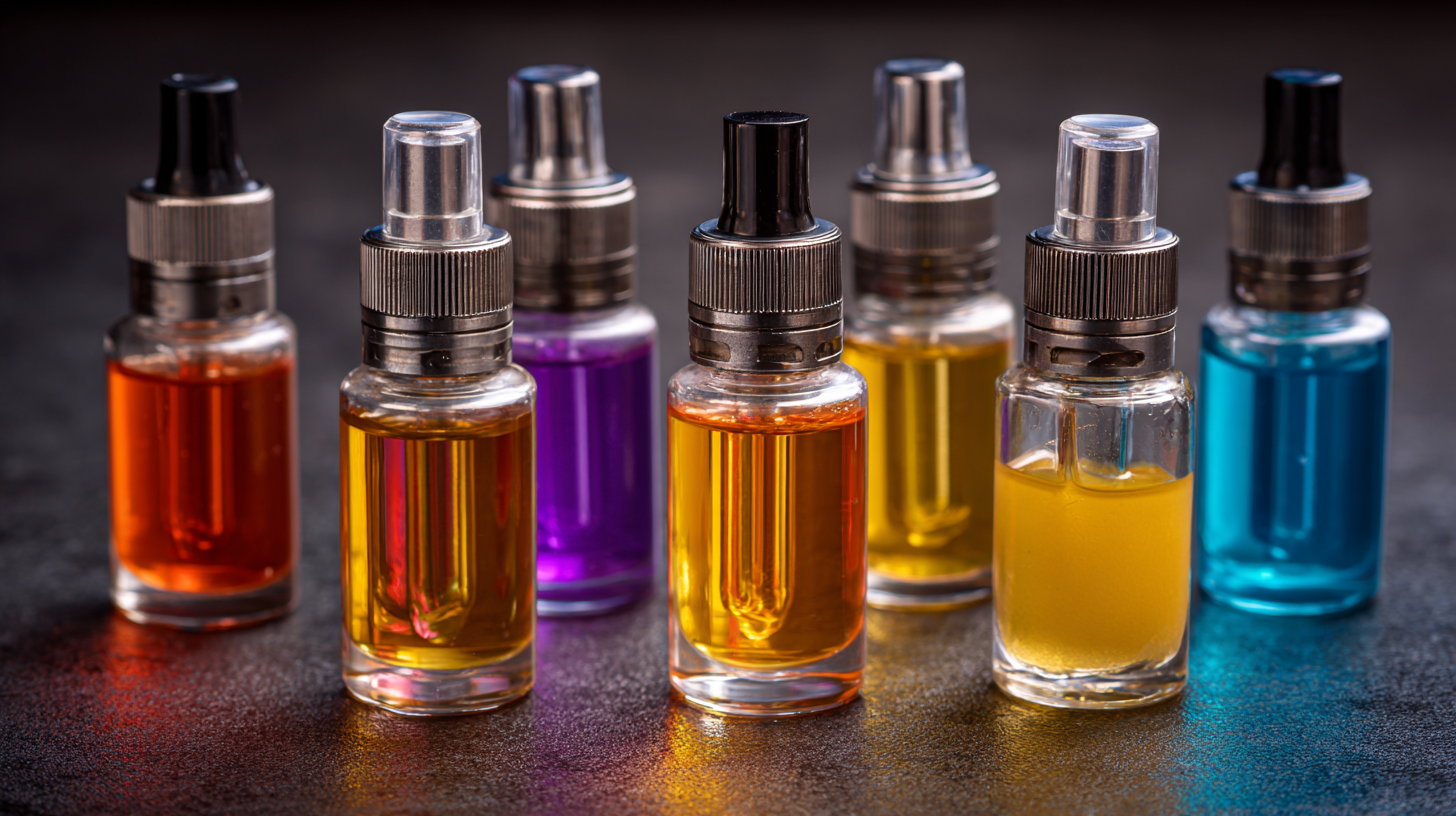
The Tobacco Products Directive (TPD) in the European Union has set specific requirements, mandating that all e-liquids undergo rigorous testing before entering the market. This includes limits on the concentration of nicotine, labeling standards, and the prohibition of certain additives known to pose health hazards. Research published in the National Institute of Health indicates that stringent regulatory measures significantly reduce the presence of potentially harmful chemicals in tobacco e-liquids, thereby protecting consumers and supporting responsible vaping practices. As a result, both manufacturers and consumers can navigate the market with increased confidence regarding the safety and quality of products available.
